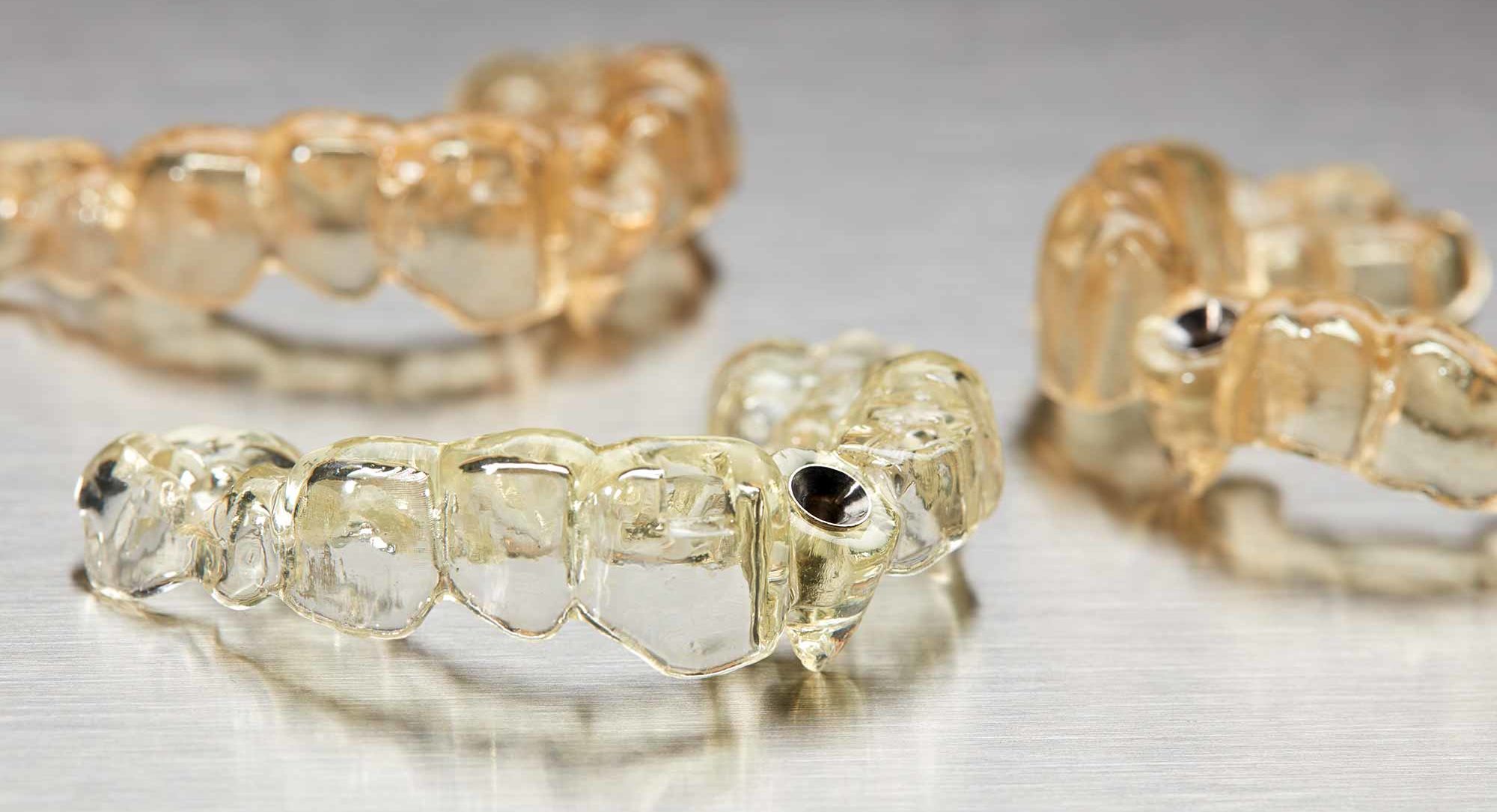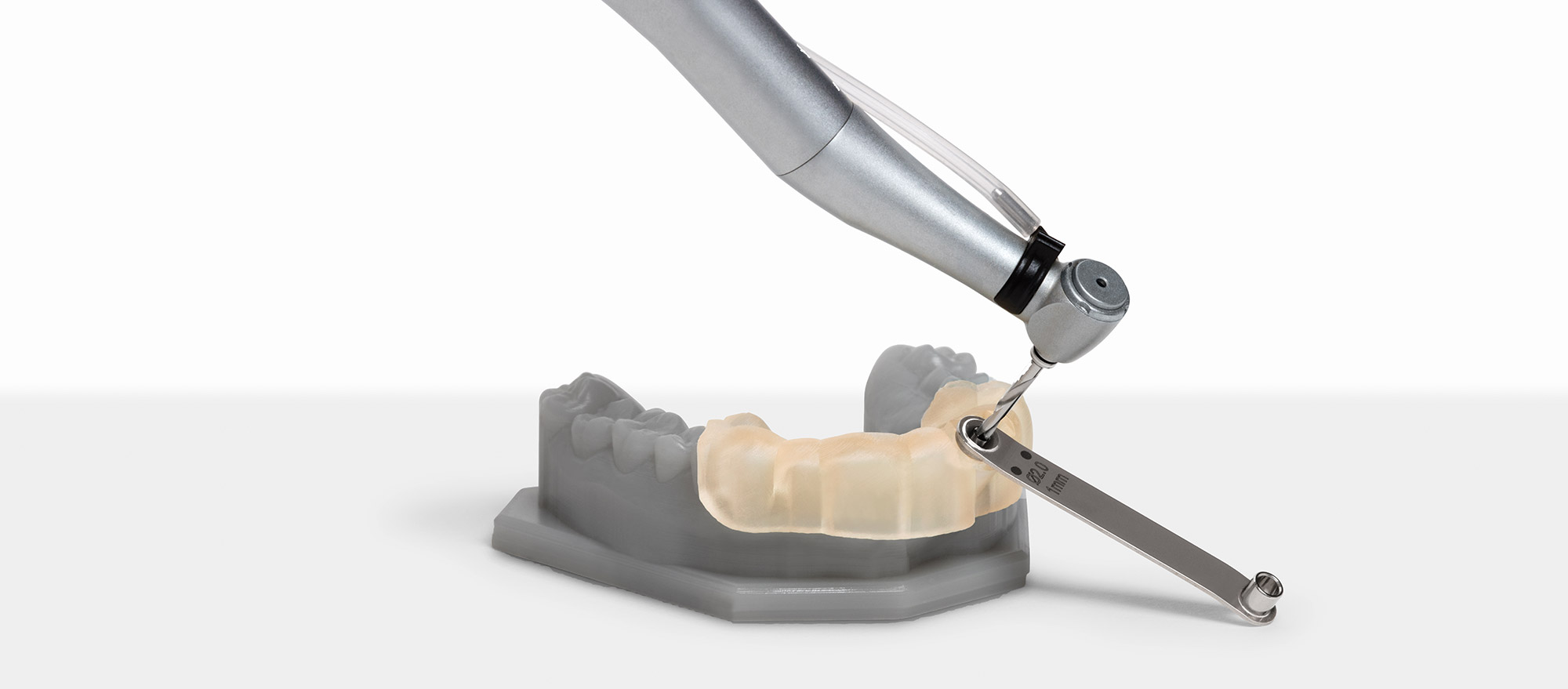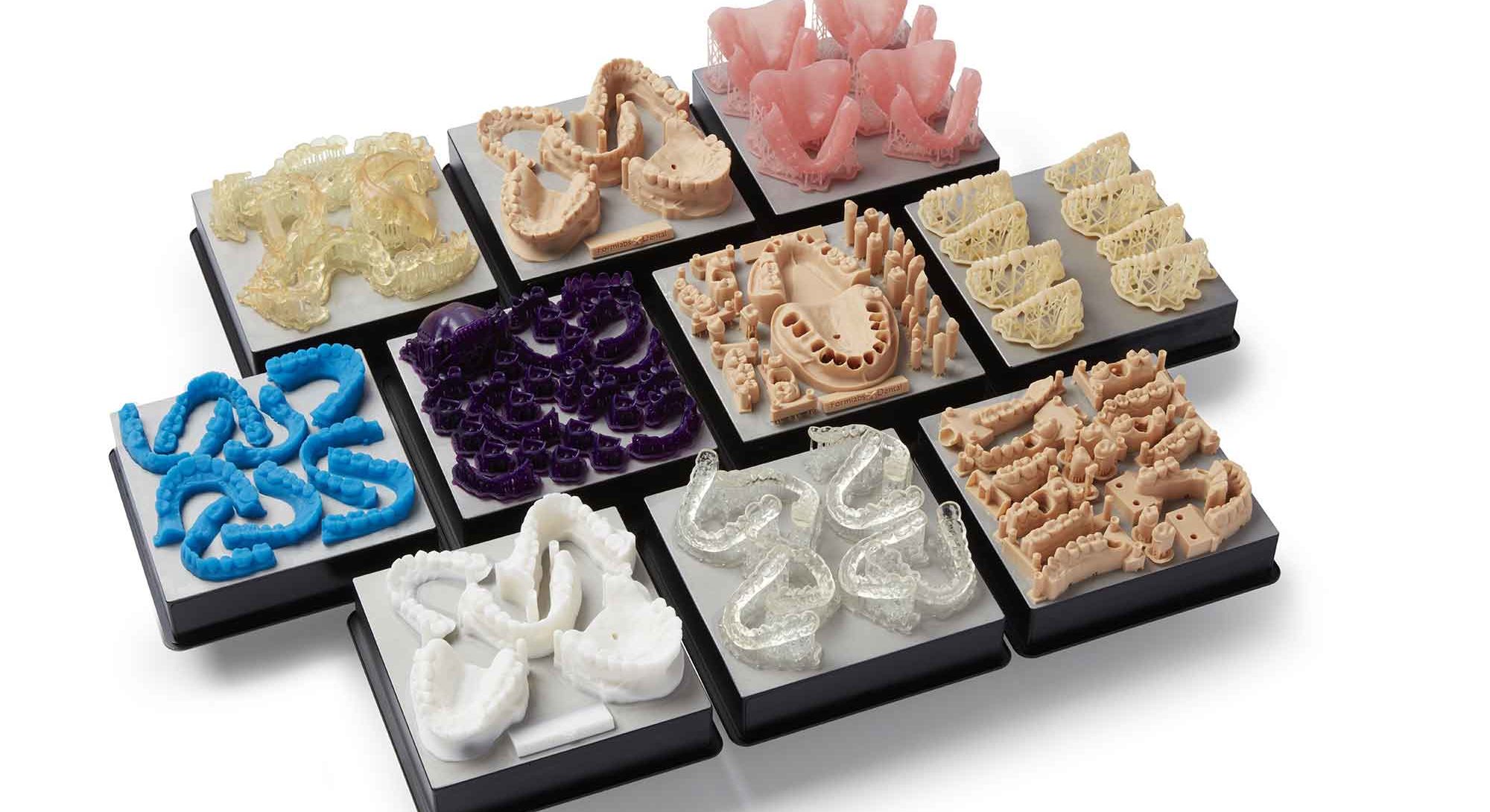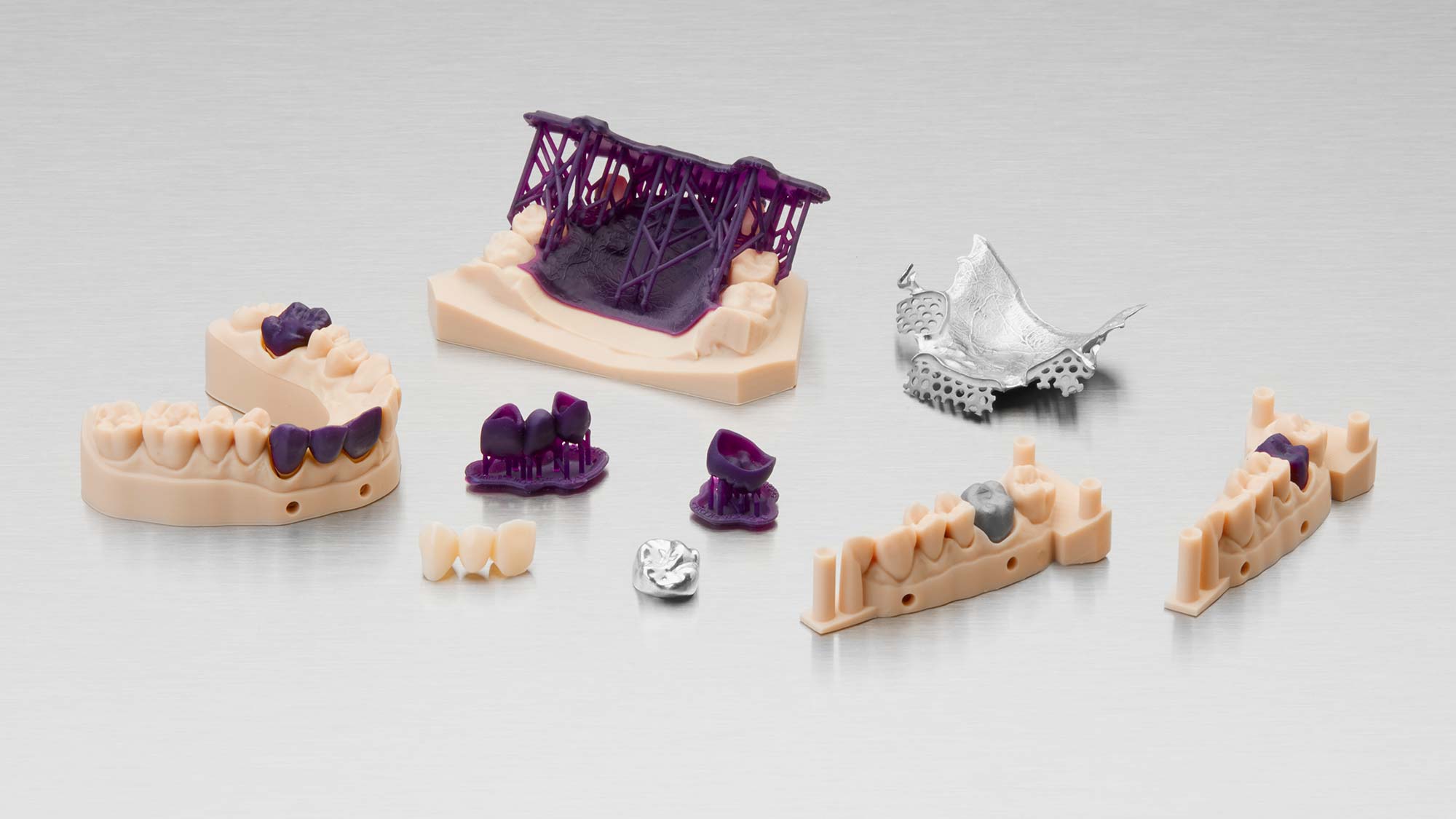Follow Dentistry.co.uk on Instagram to keep up with all the latest dental news and trends.
 With Formlabs launching its new Form 3B, we speak to Sam Wainwright, product manager, about where 3D printing in dentistry is right now.
With Formlabs launching its new Form 3B, we speak to Sam Wainwright, product manager, about where 3D printing in dentistry is right now.
What are the latest innovations in 3D printing?
3D printing has been in the dental industry for a very long time now.
It’s been pretty lively for the last 20 years. But in the last, I’d say, five years, really the biggest changes for dental and 3D printing is the affordability and ease of use of the systems.
Specifically, the Form 2 from Formlabs was released in 2015. It really changed the perception over what affordable 3D professional level printing can be.
Since then there has been a rapid evolution of technology and adoption of 3D printing in dental. At Formlabs we continue to be on the cutting edge and defining what is possible with affordable 3D printing with the release of our next generation 3D printers the Form 3B and now the Form 3BL.
Probably, most importantly, improved biocompatible materials for direct use in the mouth.
What is the benefit of including 3D printers in dental practices?
3D printers really fundamentally make digital files and workflows a reality.
This is really for any dentist, orthodontist or otherwise, going digital.
If a practice goes digital and buys a 3D intraoral scanner, 3D printing allows them to make models, parts, and appliances physical.
It really just gives dentists the ability to leverage digital workflows with the efficiencies and accuracies that those bring.
All whilst not losing the ability to do things locally, like printing a study model.
The real return on investment and improved patient care comes with the ability to print appliances like splints, surgical guides and dentures.

Do you think 3D printing is taking work away from dental labs?
Maybe a little. There are always those cases.
But I think with laboratories, this was happening even without 3D printing. There are becoming more and more service providers. They have digital expertise and dental technology experience that will always be needed. Picking up maybe more advanced cases or supplementing the locally-produced digital workflows.
I think there’s still a place for both to exist. That relationship is just changing and evolving.
Where do you think 3D printing stands in a post-COVID world?
A perfect example is an analogue impression versus a digital one.
A physical impression is something that was in somebody’s mouth and needs shipping to a lab, or we use it in practice. The impression needs sterilising and treating carefully.
We can send digital intraoral scans through file transfer systems and email.
The speed of communication, without actually having any physical interaction is a huge advantage in this post-COVID world.
Zoom and screen sharing, you can talk through cases in real time in 3D between practices and laboratories.
You can walk through case plan designs together, very rapidly. You can share files instantly.
Thinking back to your previous question, a lab can work on a case with the dentist. They can get you to a good place. They share the files – the dentist can print maybe the first version of it as a mock up.
It can help ensure the process requires less steps, with better outcomes for patients in the end and really it gives a result that everybody’s happy with.

One big hurdle to 3D printing is the return on investment. What is your response to that?
Certainly, 3D printing has never been more affordable than today.
Changing to 3D printing, especially compared to other technologies in dental, even 10 years ago, is just a fraction of the price.
But it really depends on the use. If you’re looking to get a return on investment just printing big diagnostic models, it might not be there.
But that ability to make those models, might reduce the amount of appointments and treatment time. So, there are other benefits to having these technologies.
With appliances like surgical guides, there’s a massive ROI.
Big centres could charge a dentist for that treatment plan and surgical guide hundreds of pounds.
But with the Form 3B for example, you can print that surgical guide for under £5.
We’re talking about a 3D printer for around £6,000. It really does rapidly pay itself off.
But alongside the 3D printer would you need to invest in an intraoral scanner?
Yes, that’s a big part of it.
3D intraoral scanners are coming down in price and are getting better and better.
This is probably most appropriate for dentists and offices that have already jumped into intraoral scanning and just want to do more with it.
Intraoral scanning is a big barrier to entry. But I’ve been seeing some pretty positive signs that adoption rates are up, with technology improving and becoming easier to use.
Where does Formlabs sit amongst other 3D printing manufacturers?
We’re in a pretty unique position.
We’re the industry leader; we have more 3D printers in dental than any other company.
Really, we got there and will continue to be the leader in dental because we have, I personally feel, the highest quality printer for the pound you can get.
The surface quality, the accuracy, the ease of use, consistency. For the amount of pounds you spend, it’s by far ahead of many competitors.
Are Formlab printers quick to print?
There are two types of 3D print technology most used in dental – DLP/LCD and our technology SLA.
Both fundamentally do the same thing. They use light to cure a photo polymer. But DLP/LCD will cure an entire layer at one time.
Our technology, SLA, will use a laser that will move across almost like a pen.
There’s advantages and disadvantages to both.
SLA is a bit slower, but we have a couple of different advantages.
The main one is, unlike DLP/LCD, we’re not so restricted by pixel size. The laser can move at 25-micron increments.
That’s how we get a smooth and refined surface quality and layers. We really provide parts that don’t look like they’re coming from such an affordable printer.
The next level, the Form 3BL, our large format printer, is really fundamentally two of the same laser engines side by side, over an enormous build plate that allows users to print many parts at once, greatly reducing labor costs compared to smaller 3D printers.

What is it about the Form 3B printer that makes it so ground-breaking?
The best way to start is by comparing it to the Form 2, which many are familiar with.
If you’re not, the Form 2 was also laser based. But its laser was essentially located in the centre of the printer. So, it would move with little mirrors.
Why the Form 3B, is so different and the next evolution in technology for us, is because the laser is now in a self contained module called the LPU, which is about the size of a VHS cassette tape, and moves across the build platform.
That allows the laser to be very precise and uniform across the entire build volume.
Also, a huge advantage is, since there’s no glass underneath the print area, if anything else happens or resin spills, there’s nothing under the build platform/resin tank. Formlabs optimised the glass and optics so it is reliable and reduces maintenance.
The light engine in the Form 3B is easily replaceable. A user can replace it themselves very quickly.
So with that modular nature to it, the technology is a bit more consistent across the build platform. It’s just a better thought out, more robust system.
On the dental side specifically, we equip the Form 3B with a unique support team that only supports and helps our dental customers, which is critical. It provides access to Formlabs validated biocompatible materials, and specific dental software and features.
Dental has high tolerance requirements. The needs are very different and unique. So you need a skilled group of trained professionals to help our customers along that journey.
Is there anything else you’d like to add?
We have some really amazing materials that just came out recently and we think are very interesting to laboratories and practices.
We have a temporary crown material (Temp CB) and second generation splint material (Dental LT Clear V2) we released in June. And we will have a permanent crown material in the next month. It’s one of the first on the market from one of our third party material partners, Bego.
The really interesting thing about that, especially for a dentist or prosthodontist who has experience with CEREC, is that this solution is extremely affordable for equipment and crown costs.
You might not use it for every case. But if there is a rush or situation where a patient can’t afford treatment, this is going to open a lot of new doors and hopefully get better treatment to more patients.
I think direct printed appliances like crowns, splints, dentures, guides – this is really where the ROI is right for dentists and practices, and also the future of dental 3D printing.


